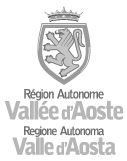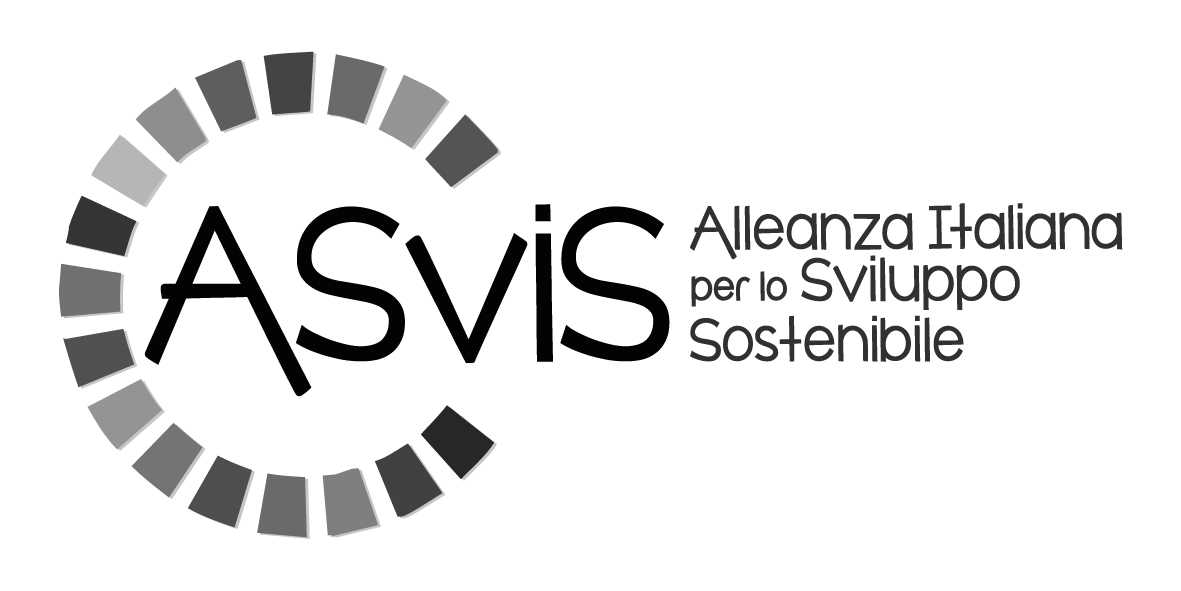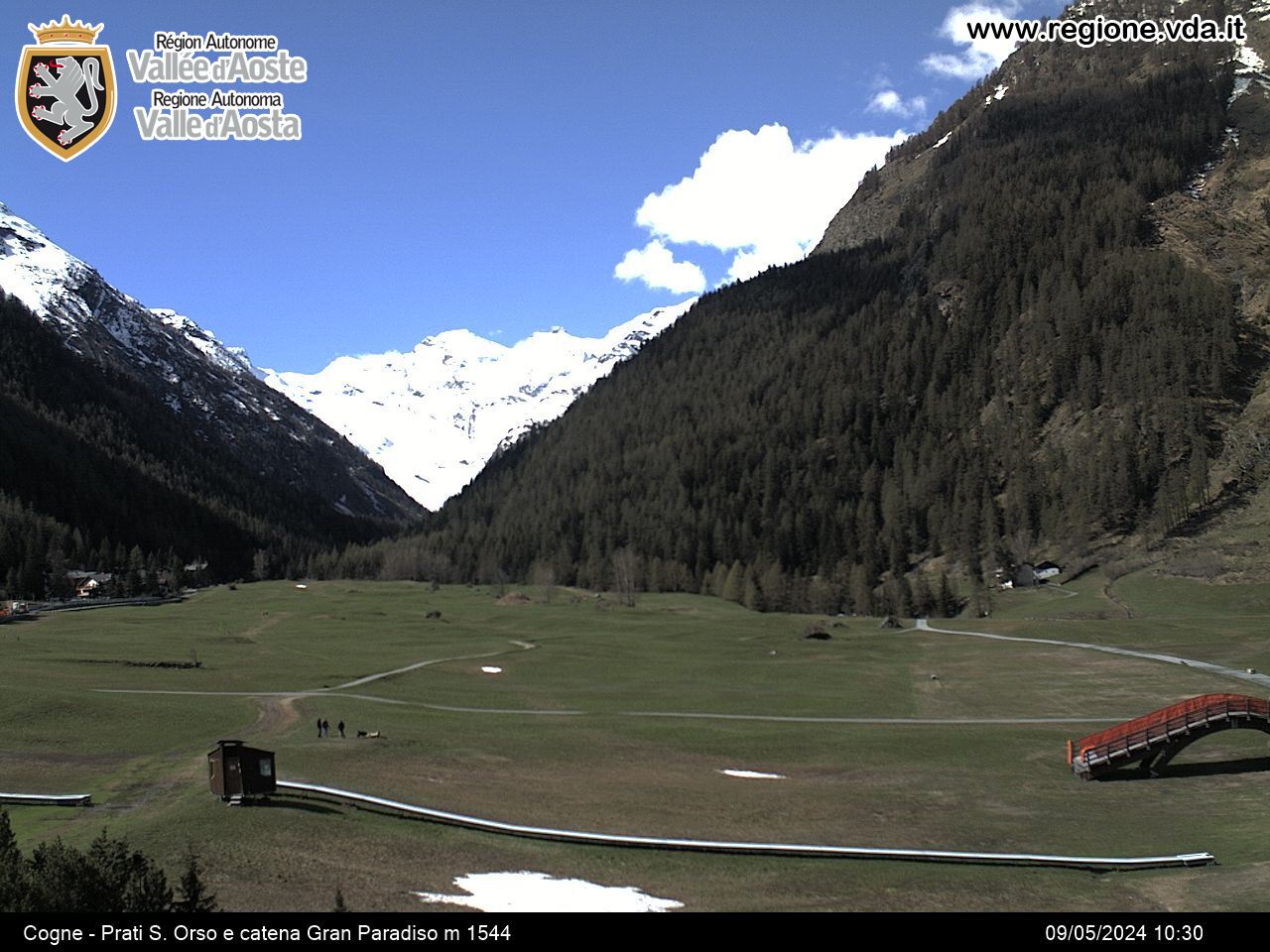
Information
Valsavarenche Municipality website
Valsavarenche Municipality tourist info
Video
Must see in Valsavaranche
Documentation centre Émile Chanoux
Centre water and biodiversity - Rovenaud
Links
Valsavarenche
Valsavarenche is the ‘heart’ of the Gran Paradiso National Park, and is the only one of the five valleys forming the territory of the protected area included entirely within its boundaries. Valsavarenche is a narrow valley with a typical ‘U’ shape carved out by the erosive action of the glaciers, about 24 km long, with 16 villages scattered along its sides, and with one of the lowest population densities in Italy. The average altitude is 2500 m, with the highest point of the Gran Paradiso at 4061 m, the only 4000 m entirely on Italian territory. The municipal territory is made up of 73% glaciers and stony ground; the fertile and cultivable land is very limited, in fact it can be seen that most of the villages have been built in a lateral position, on the sides of the valley, to leave space for the central mowable plains even if more prone to flooding. The economic history of Valsavarenche is particularly linked to the Royal Hunts and mountaineering.
In 1850, during a visit, King Victor Emmanuel II was fascinated by the landscape and the game present, so much so that he decided to frequent these mountains as a regular hunting destination. Subsequently, the Royal Hunting Reserve was created with its own body of gamekeepers and with an extension considerably larger than the present territory of the Park. The king had a vast network of high-altitude trails built, which allowed him to reach the hunting posts and cross the cols between the valleys of the reserve more comfortably (we speak of over 124 km in Valsavarenche alone). King Victor Emmanuel III ceded the rights over the Royal Hunting Reserve to the State for the creation of a National Park, established in 1922, with an extension of around 70,000 hectares.
The ‘tourist conquest’ of Valsavarenche roughly coincides with the first visits of the royal family of Savoy. The first testimonies are the travel notes, dated 1835, of the Englishman William Brockedon, who came over the Nivolet pass. The number of tourists increased thanks above all to the boost provided by mountaineering conquests, with the arrival of great mountaineers of national and international fame who, with their exploits, contributed to making the peaks and landscapes of Gran Paradiso internationally known:
1859 - first ascent of the Grivola (3969 m) by two Englishmen (Ormsby and Bruce) and two Frenchmen (Cachat and Tairraz), accompanied by the Royal Hunting Guard Fedele Ambrogio Daynè;
1860 - first ascent of Gran Paradiso (4061 m) by English mountaineers Cowell and Dundas, accompanied by the Chamonix guides Tairraz and Payot.
The professional figure of the mountain guide and the porter became important trades for the economy of the families of Valsavarenche: Gran Paradiso became a leading mountaineering destination, due to its relative ease of conquest.
The establishment of schools in almost all the villages dates back to 1734 and was justified by the large number of children and the difficulties of moving around during the winter season (the best time to attend lessons as agricultural work was at a standstill due to the cold and snow). In Rovenaud, one of these schools now houses the Documentation Centre Émile Chanoux, where the memoirs of the resistance martyr and his writings on federalism can be found.
The Gran Paradiso National Park Visitor Centre in Valsavarenche presents various topics related to the life, survival, activities and presence on the territory of the predatory animals that inhabit the protected area. Here, the undisputed king is the lynx, presented in an analysis of its rapid disappearance in Europe and the progressive and slow recolonisation that began in the 1970s. The Centre also houses the Spazio lupo, opened in 2011, which provides and collects evidence and documents on the presence of the wolf in the Park.









